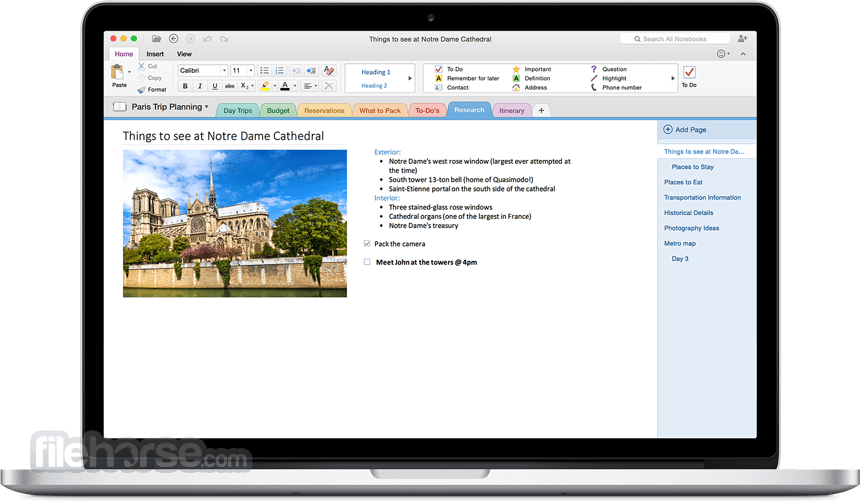

You won’t need to hold down the Option key to do this. Choose a category in the left column (some of these are menu names), and then drag commands from the right column to the toolbar. To add commands that don’t appear on these toolbars, go to the Customize Toolbars And Menus window, and click on the Commands tab. Add as many buttons as you want to your toolbar: you may want to add buttons for styles, fonts, font size, bold or italic formatting, paragraph alignment, and so on. This places a copy of the button on your toolbar-if you drag without holding the Option key, the button is moved to the new toolbar and will no longer appear on the original toolbar. To copy buttons from either of these toolbars (which you made visible in step 1), hold down the Option key, click on a button, and then drag it to your new toolbar. One way is to drag them from the Standard or Formatting toolbars. With the Customize Toolbars And Menus window open, you can easily add commands to your new toolbar. With the Customize Toolbars And Menus window open, drag a command from a standard toolbar (or the window itself) onto your custom toobar. You want this window to stay onscreen.) You’ll see a tiny, one-button-sized toolbar appear on your screen. Click on New, and then enter a name for your toolbar. A window appears that lets you create new toolbars and manage existing toolbars. The Customize Toolbars And Menus window lets you create new toolbars.Ĭhoose View -> Toolbars -> Customize Toolbars And Menus. Don’t worry you’ll be able to hide them later. This will add those toolbars at the top of the window, below the title bar, and above the ribbon. Use the View menu to hide or reveal toolbars.To start with, it’s a good idea to show the basic toolbars so you can access their buttons when you create your own toolbar. To do this, choose View -> Toolbars, and selected the Standard and Formatting ones, if they are not already checked.
#Install font word for mac 2011 how to#
Here’s how to customize your Word 2011 toolbars to fit the way you work. It can also be useful for toolbars to contain the commands you really use-some of which may be deeply buried in menus.
/how-to-add-fonts-to-word-4173671-25a0151608d647a780b7784f94378b0f.png)
With today’s widescreen monitors, it makes sense to have toolbars at the side of your main window, so you can see more of your text while you work. But the toolbars and ribbon are stacked at the top of the program’s windows, reducing your vertical space. We do not recommend installing unofficial software.If you work with Microsoft Word 2011, you may find the program’s toolbars and ribbon practical ways to access functions you use often, such as formatting, alignment, and highlighting. Looks like Microsoft Office for Mac 2011 beta 2 has been leaked. Thanks Yousuf Omar for noticing that button.Īrabic version of this post on. Microsoft has avoided supporting RTL languages such as Arabic and Hebrew. We’re hoping that we will see Arabic and Right to Left (RTL/BiDi) support in Office for Mac 2011. However it appears that there is a “Direction” button in Word for Mac 2011.The Direction button is for writing up to down text. No word about Arabic support in the suite. No Arabic support until now.īoy Genius Report has posted a hands on with Microsoft Office for Mac 2011, Microsoft’s upcoming Mac version of their office suite. Update: The direction button isn’t for switching to RTL. Remember that this is not the final product. Update: According to Apple-wd Word does support Arabic. However it works find in Microsoft Outlook, PowerPoint and Excel (next 3 screen-shots). I discovered the following: Arabic letters do not render properly in Microsoft Word for Mac 2011 (first picture).
#Install font word for mac 2011 update#
Update on April 28th: I got the chance to try Microsoft Office for Mac 2011 beta 2.


 0 kommentar(er)
0 kommentar(er)
